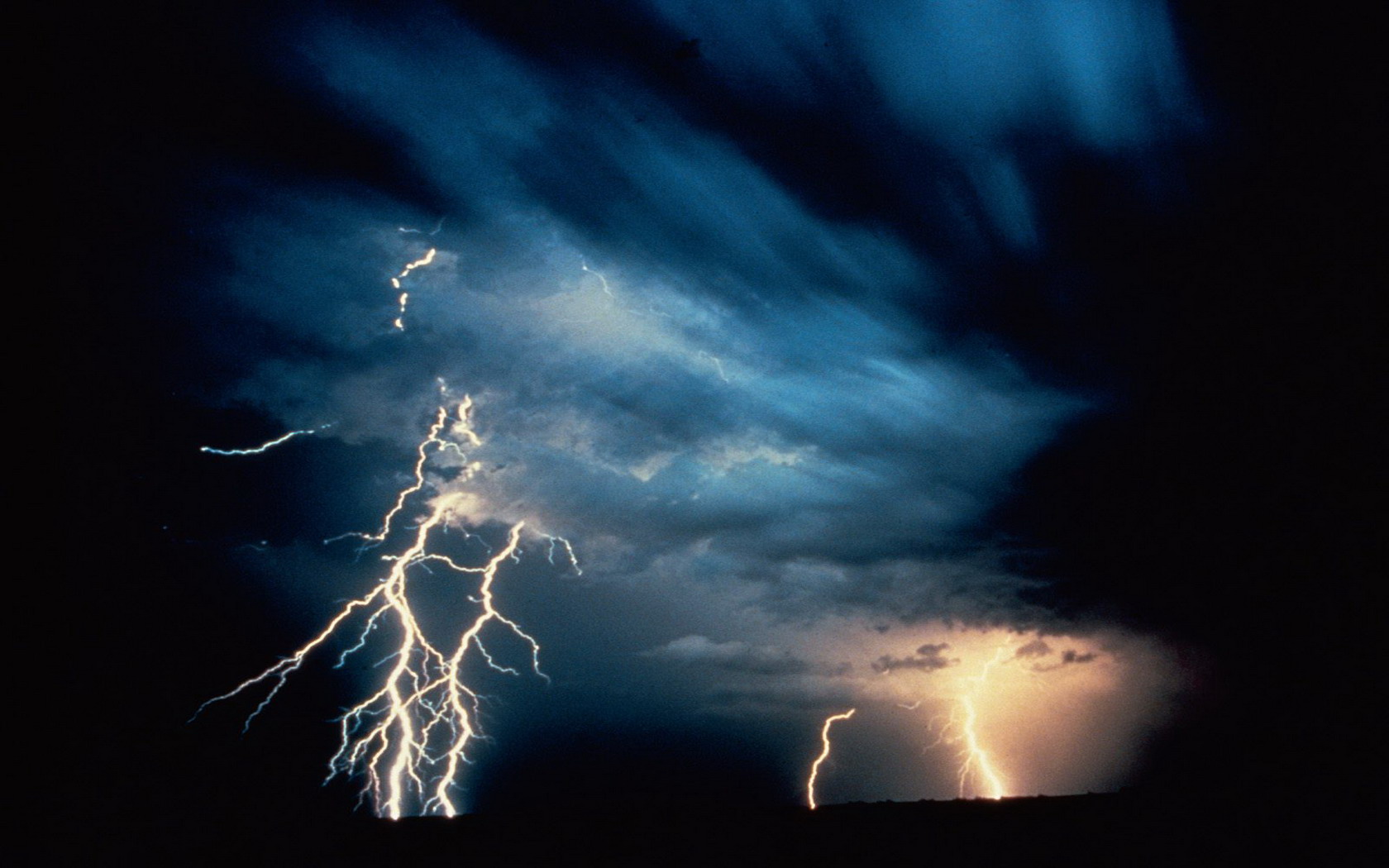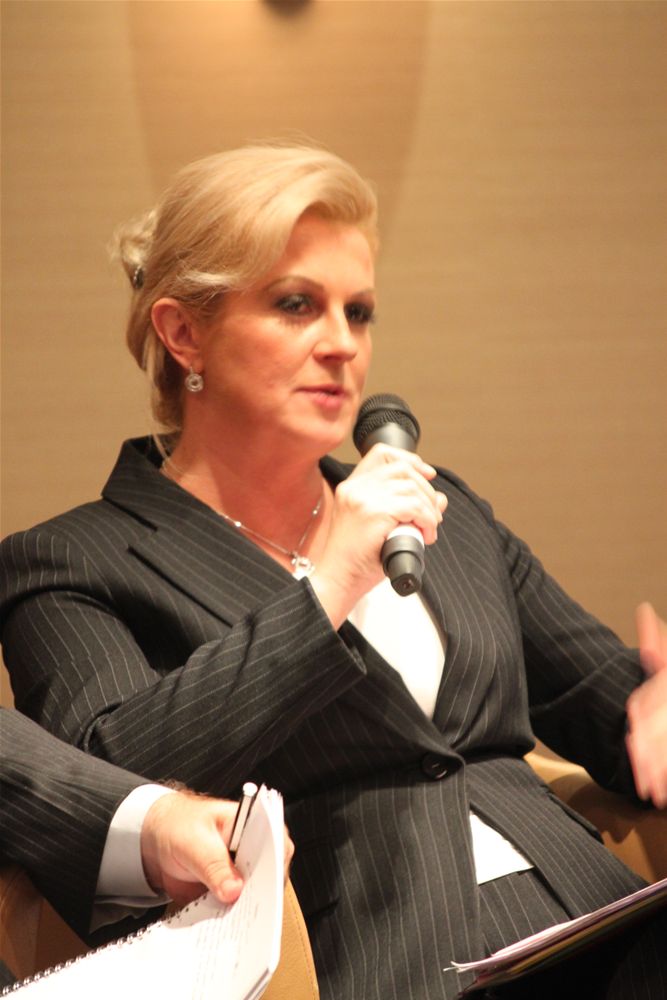The concept of manipulating Mother Nature for the sake of military advantage may appear out of reach or vain…but think again. There are multiple examples of such tactics around the world. Most are for non-military purposes, but some nations have experimented with weather and warfare in the past.
China most notably has been using this technology to ensure cooperative weather for national events of high prestige and importance. They used cloud seeding technology to disperse clouds by inducing rain at an earlier state to avoid it for the opening ceremonies of the 2008 Summer Olympic Games in Beijing. This was done by launching over 1400 cloud seeding missiles. Russia has also been known to use this technology for weather modification.
A piece by W. Cotton from Colorado State University describes the science and different methods of cloud seeding:
Hygroscopic seeding
Hygroscopic Seeding is used in warm or mixed-phase clouds. Large hydroscopic particles (salt powders and hygroscopic flare-produced particles; see image below) are injected into a cloud to increase the concentration of “collector drops” that can grow into raindrops by collecting smaller droplets and enhancing the formation of frozen raindrops and graupel (snow-like ice) particles. This method of seeding may also be effective in wintertime orographic clouds because it may counteract the negative influences on precipitation of high concentrations of CCN in polluted air masses.
Glaciogenic seeding
Glaciogenic seeding involves the injection of ice-producing materials into a supercooled cloud to stimulate precipitation by ice particle growth. The objective of glaciogenic seeding is to introduce seeding material that will produce the optimum concentration of ice crystals for precipitation formation. That concentration depends on particular features of the clouds and background aerosol concentrations.
[captionpix align=”left” theme=”elegant” width=”350″ imgsrc=”http://natoassociation.ca/wp-content/uploads/2013/11/cloudseed.jpg” captiontext=””]
There has been a well-documented instance of this technology being used for military purposes far before China used it for blue skies. The United States has researched cloud seeding technology since the early 20th century. The most controversial use of the technology was during the Vietnam War between 1967-72. The American Air Weather Service (with support from Presidents Lyndon B. Johnson and Richard Nixon) flew over 2000 cloud seeding missions and over 40,000 iodine canisters were launched into the clouds over Ho Chi Minh trail in Vietnam during a 5-year period. The purpose of this operation, deemed as ‘Operation Popeye’, was to impact and manipulate ground movements of Vietnamese soldiers by simulating monsoon season. This military operation came with a price tag of approximately $3.6 million dollars annually. When the story came out it incited outrage. It was deemed ‘the Watergate of Weather Warfare’ and was widely condemned by the public.
It was the American operation in Vietnam that prompted Congress and the international community via the United Nations to take action and prohibit the future use of weather manipulation (in the context of warfare) through treaties. The Environmental Modification Convention/ Convention on the Prohibition of Military or any Other Hostile Use of Environmental Modification Techniques was signed in 1977 and enacted in 1978. It’s primary objective is the following:
Each State Party to this Convention undertakes not to engage in military or any other hostile use of environmental modification techniques having widespread, long-lasting or severe effects as the means of destruction, damage or injury to any other State Party.
There are over 76 parties who observe this treaty, including the United States.
Weather manipulation is not an accurate science due to the number of variables such as climate, wind currents, etc. Different regions experience different results. Proponents of weather manipulation tactics say that inducing rain in Vietnam was more appropriate than using napalm. Many, however, are concerned about the environmental impacts of such tactics. Climate change is becoming a large global priority by the day and using our scientific progress to further one’s militaristic and political goals has proved to not be salient to say the least.




